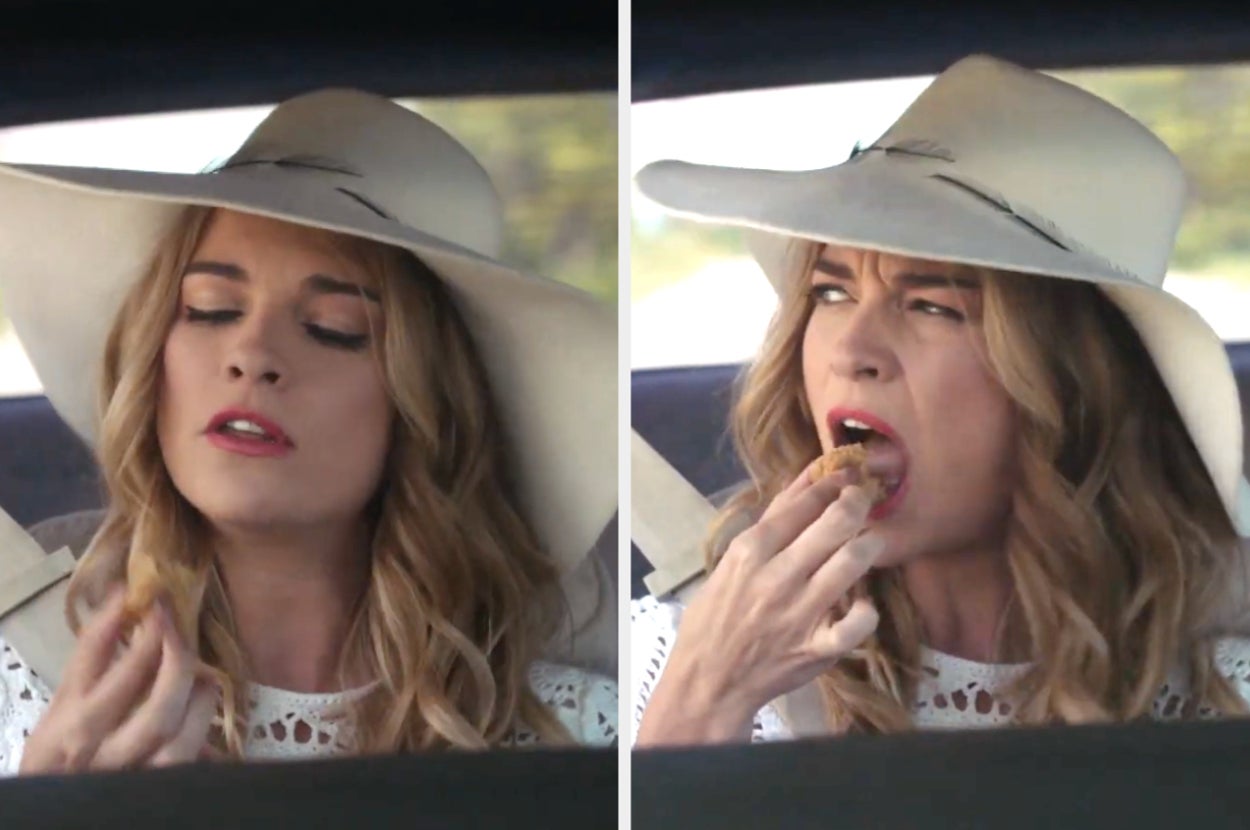
"Mold is often what helps cheese develop its unique flavor and characteristics. Eating these cheeses, mold and all, is 'perfectly safe.'"
"All cheeses are ripened through the actions of various microbes, including molds, fungi, yeasts and more. A mold-free cheese might be difficult to find."
Mold is integral to the cheesemaking process, influencing flavor and appearance. Certain cheese varieties, like gorgonzola and brie, naturally contain mold, which is safe to consume. New mold growth on cheese, however, may indicate spoilage and can appear different from established cheese molds. Cheeses with uniform mold are considered acceptable, while unwanted mold often appears only on the edges, signifying it may not be safe. Understanding the role of mold is essential for cheese consumers to ensure food safety.
Read at BuzzFeed
Unable to calculate read time
Collection
[
|
...
]